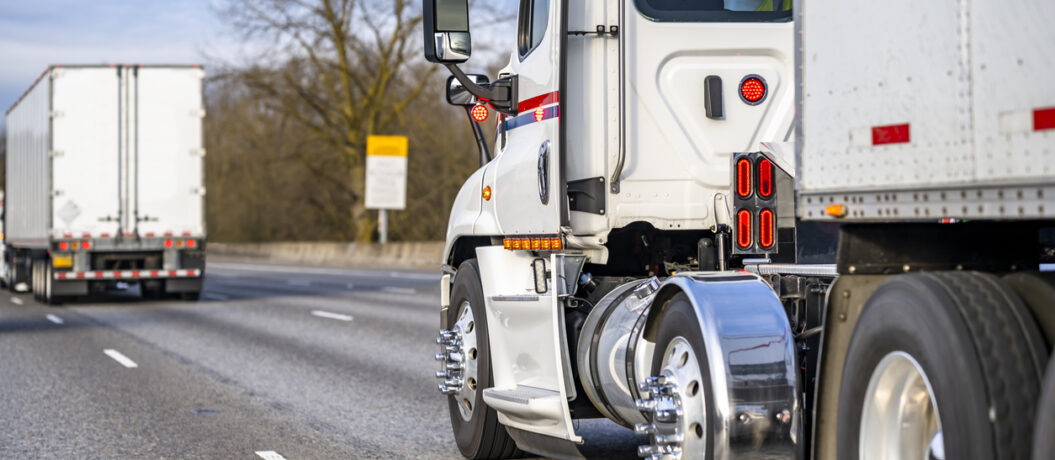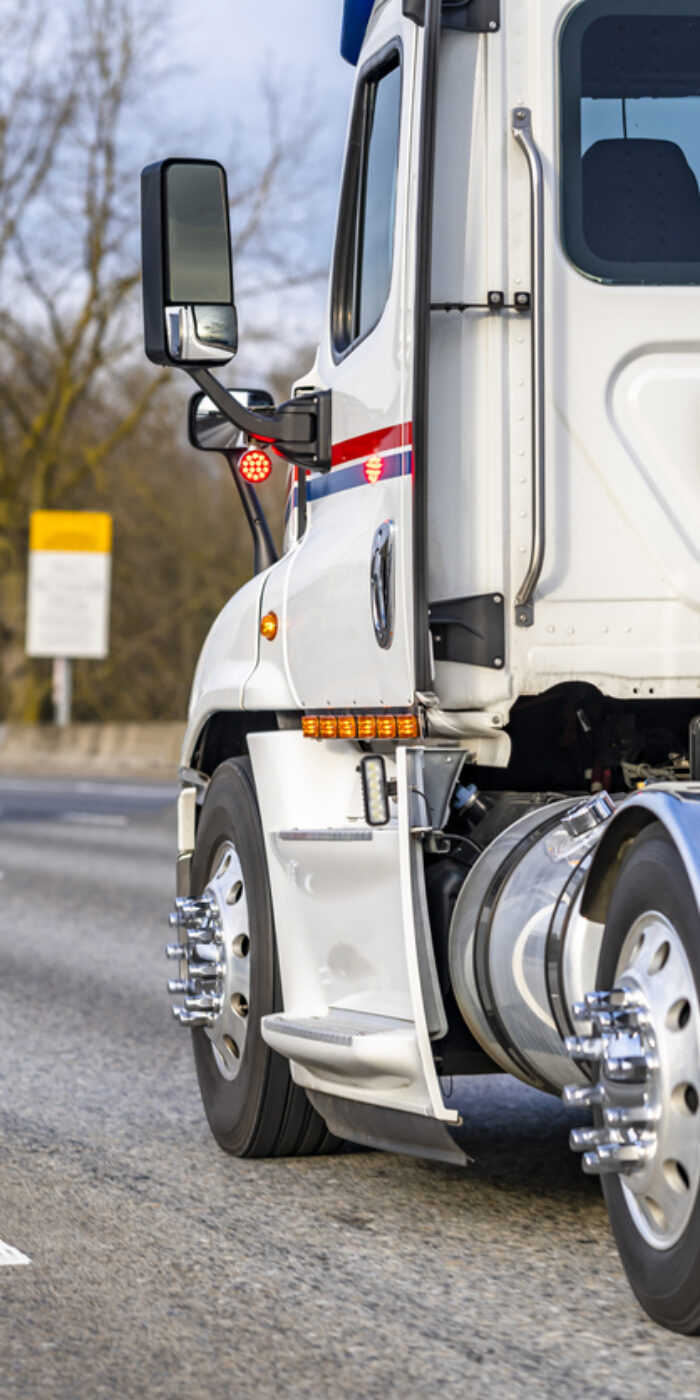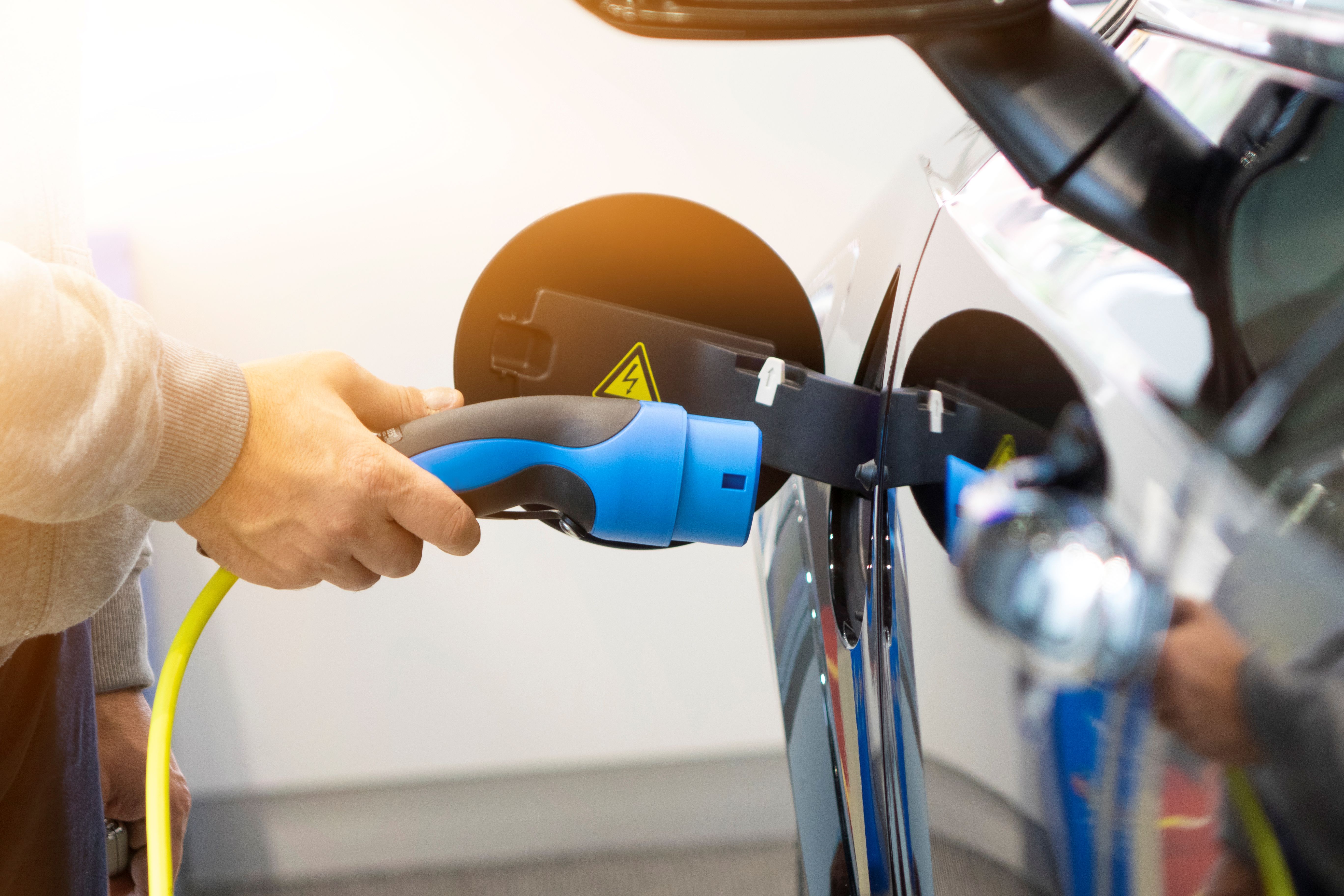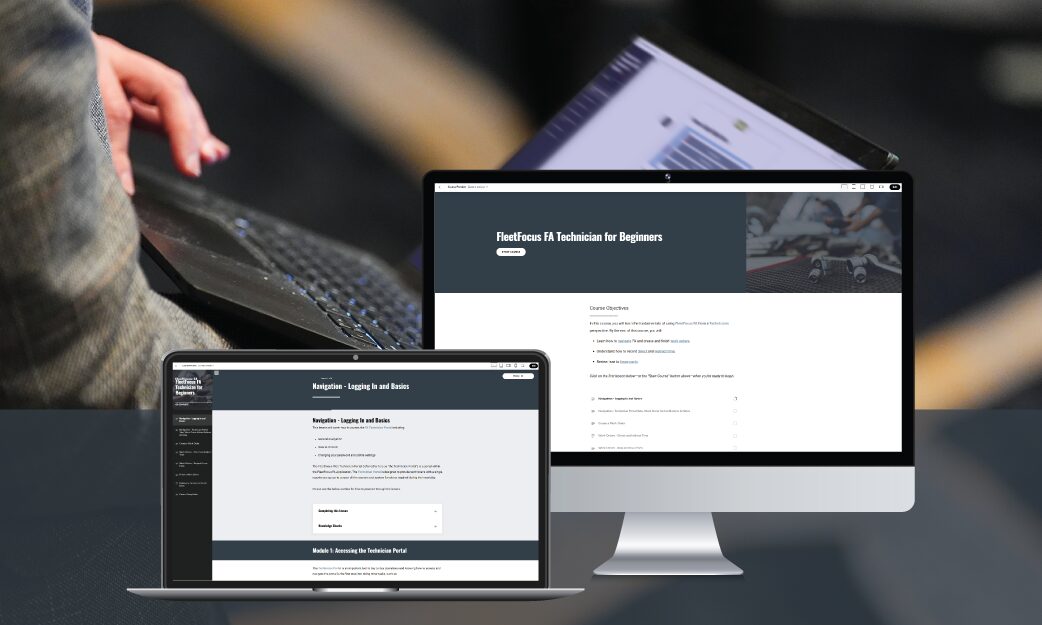Autonomous trucking describes a self-driving tractor-trailer used to transport goods. The goal of autonomous trucking is to transport goods from point A to point B without human intervention. They can already be found on the road in parts of the United States, but drivers are still onboard the truck in case of an emergency.
The technology is still new, but as we see more autonomous trucks enter the road, we are learning more about what it means for the industry.
Challenges in Long-Haul Trucking
Infrastructure and weather are the main hurdles with autonomous long-haul trucking. An autonomous truck driving to and off an interstate is more complicated than the hundreds of miles on a straight highway. To overcome this challenge, transfer stations must be built so human drivers can come on board to handle any tricky routes. Despite this solution, there is still concern about the weather. If autonomous trucks are not built to handle poor weather conditions, drivers will still be needed for long-haul trips.
Driver Retention
There has been a driver shortage for years due to the industry’s struggle to keep up with the Baby Boomer generation retiring. Long-haul driving is hard and takes a toll on drivers and families, making it hard for fleets to hire younger generations. With fleets dealing with low driver retention, this technology comes at a good time and can allow organizations to continue operating efficiently through the shortage.

Job Availability
Autonomous trucks have been on everyone’s minds, and many fear the thousands of truck drivers still working through the driver shortage will lose their jobs. Despite this being the initial impression of autonomous vehicles, it appears it will do the opposite to the industry.
Fleets must be staffed to monitor autonomous trucks day and night. The team of specialists will be responsible for handling the following:
- Deliveries
- Customer service issues
- Operational and maintenance issues
- Emergencies
Trucks need human interaction for more than just driving and are responsible for pre-and post-trip inspections, properly loading cargo, fueling, maintenance, unloading cargo, and acting as customer service reps. Despite the number of computers and autonomous control systems in the truck, the technology cannot support all human tasks.
How to Prepare Your Fleet
Autonomous trucks have already hit the road, so fleets should plan how the new technology will impact their operations. Fleets will need a team of specialists consistently monitoring their autonomous vehicles along their routes, which requires integrated telematics software.
AssetWorks GPS allows fleets to monitor their vehicles on a real-time map and receive real-time alerts- making it easy to respond to any operational or emergency issues. Trucking organizations can also stay on top of maintenance issues by using software for monitoring vehicle health. Preventive maintenance is automatically scheduled based on the number of miles driven. Telematics captures odometer readings for fleets, ensuring effective maintenance scheduling.












